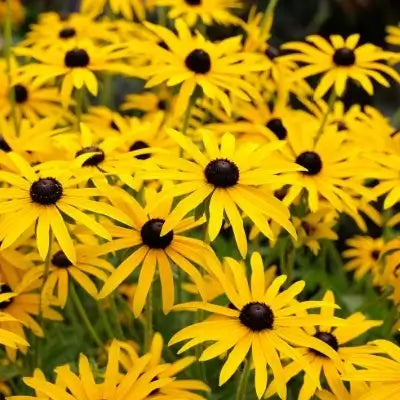In the realm of plants that captivate with their delicate beauty and evocative fragrance, the Lily of the Valley (Convallaria majalis) stands as a true gem.
With its exquisite white bell-shaped flowers and intoxicating scent, this perennial herbaceous plant has woven its way into the hearts of gardeners, poets, and artists for centuries. Its presence graces gardens and landscapes with an air of timeless elegance, while its symbolism resonates through cultural traditions and celebrations. In this exploration of the Lily of the Valley, we delve into its captivating characteristics, cultural significance, cultivation, and enduring allure in natural settings and human expressions.
Characteristics and Appearance
Lily of the Valley, a member of the Asparagaceae family, boasts a unique and captivating appearance. It features arching stems adorned with pairs of glossy, lance-shaped leaves that serve as a backdrop to delicate flowers. The iconic blooms, resembling tiny, pure white bells, hang in graceful clusters, exuding a fragrance that evokes the essence of spring itself. The visual delicacy of these flowers is matched only by the enchanting aroma they release, creating an experience that engages the senses and captures the imagination.
Cultural Symbolism and Traditions
Throughout history, the Lily of the Valley has held profound symbolism and been entwined in diverse cultural practices:
Purity and Innocence: The pristine white blooms of the Lily of the Valley are often associated with purity, innocence, and rebirth. This symbolism has made them favored for weddings and other ceremonies celebrating new beginnings.
Bridal Bouquets: In the Victorian era, the Lily of the Valley became an iconic element, representing happiness, luck, and the return of joy. Its understated elegance and sweet fragrance has made it a symbol of marital bliss and the freshness of love.
May Day Traditions: The Lily of the Valley is unique in May Day celebrations across various cultures. In France, May 1st is marked by the giving of "Muguet du Bois" (Lily of the Valley) as a token of good fortune and happiness. This tradition, dating back to the Renaissance, continues to be cherished.
Spiritual Significance: The Lily of the Valley carries spiritual significance in the Christian tradition. According to a legend, the flower is said to have sprung from the Virgin Mary's tears, symbolizing her purity and sorrow.
Cultivation and Care
Cultivating the Lily of the Valley requires an understanding of its preferences and needs:
Shade-Loving Plant: The Lily of the Valley thrives in partially and fully shaded environments, making it an excellent choice for woodland gardens, shady borders, and areas beneath deciduous trees.
Soil and Moisture: Well-draining, humus-rich soil that retains moisture is ideal for this plant's health and vitality. Adequate water ensures the lush growth of foliage and the formation of flowers.
Planting: Plant Lily of the Valley rhizomes (underground stems) in the fall or early spring. Ensuring proper depth and spacing will allow for healthy expansion.
Spreading and Division: The Lily of the Valley tends to spread through its rhizomes. Periodic division and transplantation can help prevent overcrowding and promote healthier growth.
Fragrance Gardens: Due to its enchanting scent, the Lily of the Valley is often included in fragrance gardens or planted near seating areas, pathways, or entrances to allow its delicate fragrance to be savored.
Deer Resistance: The plant's toxic compounds render it less appealing to deer, making it a valuable choice for gardens where deer are a concern.
Incorporating Lily of the Valley in Gardens
The Lily of the Valley's elegance and fragrance make it a captivating addition to various garden styles:
Cottage Gardens: With its delicate beauty and enchanting scent, the Lily of the Valley complements the rustic charm of cottage gardens, evoking nostalgia, romance, and tranquility.
Woodland Gardens: Flourishing in shaded areas, the Lily of the Valley can create lush ground covers in woodland gardens, adding elegance and enchantment to natural settings.
Fragrance Gardens: Planted near pathways, seating areas, or entrances, the Lily of the Valley infuses the air with its delicate fragrance, creating a sensory oasis that invites exploration.
Floral Arrangements: The Lily of the Valley's delicate blooms are often featured in bridal bouquets, centerpieces, and floral arrangements. Its symbolism and sweet fragrance enhance the beauty of special occasions.
Conclusion
In the world of horticulture, the Lily of the Valley stands as a testament to nature's ability to inspire and captivate. From its delicate appearance and captivating scent to its rich symbolism and cultural significance, this perennial plant resonates emotionally and aesthetically.
Its ethereal beauty has earned it a place in gardens, weddings, literature, and cultural traditions, symbolizing purity, renewal, and the timeless enchantment of the natural world. As we embrace the Lily of the Valley's enduring allure, we continue to honor its legacy and share in the magic it brings to our lives and surroundings.




















































































